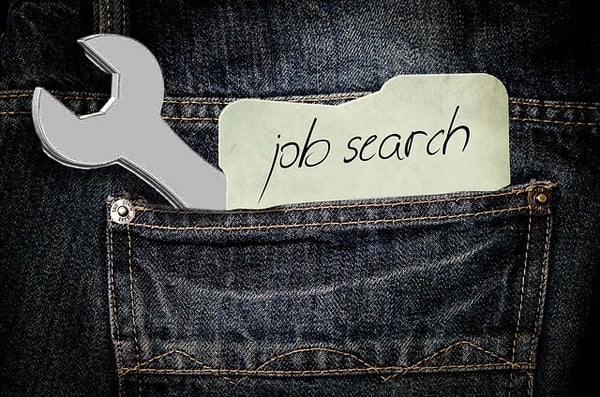 I regularly interview our staff of lead development representatives who spend their days on the phone with the people on the front lines of manufacturing and this is what they hear over and over again: supply chain managers have to buy cheaper products overseas. They wish they could buy American, but the cost-reduction pressures on the US supply chain force companies to purchase manufactured goods overseas even though American manufacturing quality is still the best.
I regularly interview our staff of lead development representatives who spend their days on the phone with the people on the front lines of manufacturing and this is what they hear over and over again: supply chain managers have to buy cheaper products overseas. They wish they could buy American, but the cost-reduction pressures on the US supply chain force companies to purchase manufactured goods overseas even though American manufacturing quality is still the best.
So, it got me really thinking about how this relates to the skills gap we all keep reading about all over the news. Go to any publication, industry news, business insider and they all say the same thing, "The US has a major problem with skilled workers to fill the ever-growing number of jobs in manufacturing." They blame education, manufacturing automation, a global supply chain, and the politics of the time. They're all right, but my question is, "What came first: the skills gap or the government policies"
It's Important to Understand the Cause of the Manufacturing Skills Gap
The causes are numerous and it's difficult to assess which has had the most impact, but the net impact is multi-faceted and has affected our most important asset: people. It's difficult to know when manufacturing's image started to decline. Was it the shift in education focus to acquiring a 4-year degree and the new technical revolution? Was it the post-cold war trade policies that buoyed allies overseas? Was it the recession, the push to lower costs and offshore supply chain and new global trade agreements like NAFTA? Yes, yes and yes. Experts in manufacturing and economics all agree that these changes resulted in the perfect storm in which we find ourselves, particularly now that the US Commerce Department reports that US-manufactured goods exports have grown despite slowing global growth. A study from Deloitte and the Manufacturing Institute estimates that over the 10 years, nearly 3½ million manufacturing jobs will likely be needed, and 2 million are expected to go unfilled due to the skills gap.
Even More Important is Understanding the Effects of these Issues
The snowball effect of all these changes for the past 40 years resulted in less demand for US manufacturing and, therefore, little manufacturing investment in equipment and education of the workforce. A weak sales funnel made growing manufacturing capacity, investing in new technology and hiring new workers a risky venture. Now that reshoring efforts are proving to lift US manufacturing, we lack the capacity, technology and workforce to really take advantage of this upswing, leaving us with a big opportunity cost and no short-term solution. So many of our clients are the small manufacturers who haven't made necessary investments in new technology to keep up with the competition, furthering this divide. To add to that gap, the students coming out of trade schools with the skills to use this highly-automated equipment are not finding companies that employ this technology. Those skilled in the artistry of making precision parts are retiring and the young are left to operate antiquated equipment. The pendulum has swung back and we're falling over as it hits us with our back turned to the unforeseen effects of our current, education, business and trade policies.
How Do We Address These Issues
In our conversations we're talking to manufacturers in industries that are struggling to find employees for work that doesn't require a college degree. Manufacturing needs an image makeover through positive campaigns about the excellent pay and benefits, not to mention growth opportunities and tuition reimbursement available at many of these companies. Support for small to medium manufacturers through reshoring initiatives needs a boost. Apprentice and training programs need to be simplified and funding avenues need to be opened up without all the government hoops to navigate. Employers need to be educated about programs like WOTC to hire and train the under and unemployed and receive benefits for owning the risk of being employers. The manufacturing workforce is aging and retiring, taking with them decades of knowledge and experience. Companies need to utilize those resources to train the newer workforce. They also need to invest in new technology to ready for trade policies that favor US manufacturing and boast of our superior quality.
Conclusion
In conclusion, be careful that you don't indict a generation of American workers for not wanting to work in manufacturing. It's not exactly their fault. Focus in education toward college in lieu of vocational training coupled with manufacturing automation and a competitive global supply chain hyper-focused on low-cost consumption created the perfect storm. Now all we can do is work together to make American manufacturing great again.
My team is focused on helping manufacturers find those companies who are ready to buy, so they can focus on making great products and training the next generation of US manufacturing workers.
If you are one of those manufacturers ready to grow your business, take advantage of our no-cost assessment of your marketing and sales plan. As experts in generating high-value leads for our industrial clients, we can help identify gaps in your efforts and help you grow your business.







Comments